Here is a timeline of the mini-submarine expedition to the Titanic wreck organized by OceanGate Expeditions and the hopeless search by various nations:
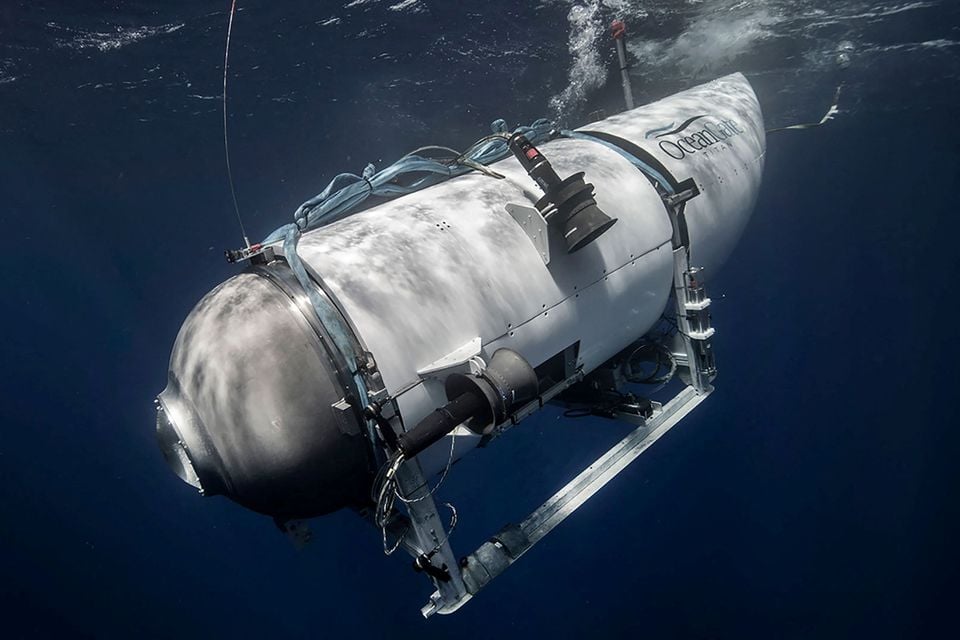
OceanGate's Titan submarine. Photo: Reuters
June 16 : The expedition departs from St. John's, Newfoundland, Canada.
June 17 : British billionaire and explorer Hamish Harding, one of those on board the submersible, posted on Facebook: "With Newfoundland experiencing its worst winter in 40 years, this could be the first and only manned expedition to see the Titanic in 2023. We're going to attempt the dive tomorrow."
June 18 : 08:00 GMT is the time the submersible was scheduled to launch, according to a post by Mr Harding on Instagram. But the US Coast Guard said the vessel entered the water later.
At 12:00 GMT, the Titan submersible began its two-hour journey to the Titanic wreck, which lies 3,810 metres (12,200 feet) below the surface in the North Atlantic. At 13:45 GMT, contact between the submersible and the surface ship was lost, 105 minutes after the ship began its journey.
19:00 GMT was the time the submersible was expected to return to the surface. However, it did not appear. At 21:40 GMT, the Coast Guard received a report of a missing submersible while exploring the Titanic.
June 19 : US Coast Guard Admiral John Mauger says US and Canadian ships and aircraft are scouring the area, and sonar buoys are capable of tracking at depths of 12,000 feet (3,962 meters). Officials have also asked commercial vessels for help.
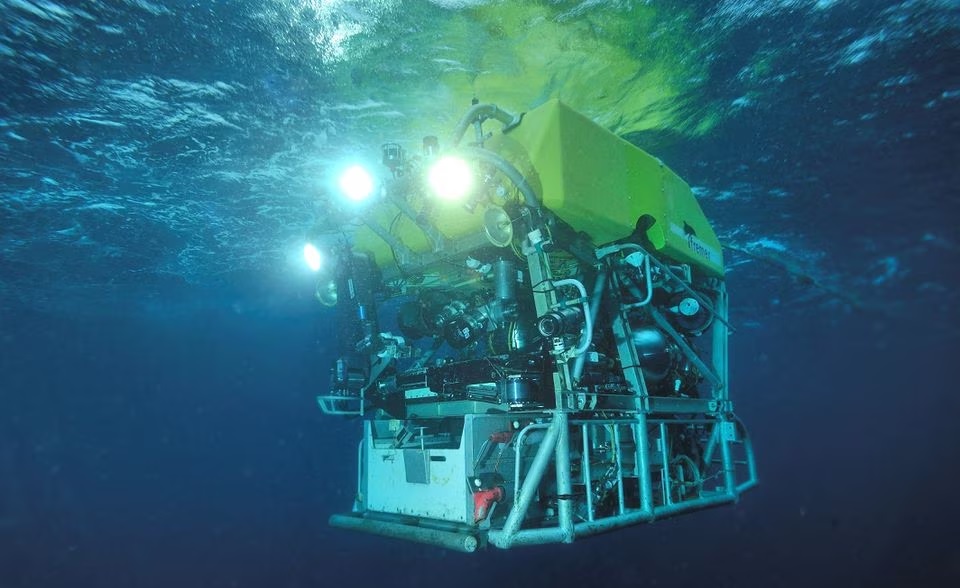
The most modern equipment has been used to search for the missing submarine, such as sonar buoys capable of tracking at a depth of 3,962 meters. Photo: Reuters
June 20: The family of Pakistani businessman Shahzada Dawood confirms he is on board with his 19-year-old son Suleman. At 14:50 GMT, France says it will assist in the search by deploying the Atalante, a deep-sea diving vessel managed by the Ifremer ocean research institute.
The sound was detected over several hours by a Canadian Lockheed P-3 Orion aircraft equipped with equipment to track submarines. CNN reported that the Canadian aircraft detected the impact sound for about 30 minutes. Rolling Stone said sonar picked up more banging noises four hours later.
June 21 : The US Coast Guard, US Navy, Canadian Coast Guard and OceanGate Expeditions establish a unified team to handle the search.
At 0600 GMT, the US Coast Guard announced that a Canadian P-3 aircraft had detected the underwater noise. They said that remotely operated vehicle (ROV) searches were heading to the area where the sound was coming from and the data was also sent to US Navy experts for analysis.
A French research vessel, equipped with a deep-sea submersible, arrived in the search area late in the day.
June 22: Based on the US Coast Guard's estimate, Titan's oxygen reserves will run out at 10:00 GMT today (17:00 Vietnam time). According to the ship's specifications, the ship is capable of providing oxygen for 96 hours after departure. This also depends on whether the ship is intact and other factors, such as whether the submarine is still operational.
Hoang Nam (according to Reuters)
Source


![[Photo] General Secretary To Lam receives Japanese Ambassador to Vietnam Ito Naoki](https://vstatic.vietnam.vn/vietnam/resource/IMAGE/2025/4/3/3a5d233bc09d4928ac9bfed97674be98)
![[Photo] Capital's youth enthusiastically practice firefighting and water rescue skills](https://vstatic.vietnam.vn/vietnam/resource/IMAGE/2025/4/3/3f8481675271488abc7b9422a9357ada)
![[Photo] Prime Minister Pham Minh Chinh chairs the first meeting of the Steering Committee on Regional and International Financial Centers](https://vstatic.vietnam.vn/vietnam/resource/IMAGE/2025/4/3/47dc687989d4479d95a1dce4466edd32)
![[Photo] Prime Minister Pham Minh Chinh chairs meeting after US announces reciprocal tariffs](https://vstatic.vietnam.vn/vietnam/resource/IMAGE/2025/4/3/ee90a2786c0a45d7868de039cef4a712)
![[Photo] Ho Chi Minh City speeds up sidewalk repair work before April 30 holiday](https://vstatic.vietnam.vn/vietnam/resource/IMAGE/2025/4/3/17f78833a36f4ba5a9bae215703da710)
![[Photo] A brief moment of rest for the rescue force of the Vietnam People's Army](https://vstatic.vietnam.vn/vietnam/resource/IMAGE/2025/4/3/a2c91fa05dc04293a4b64cfd27ed4dbe)
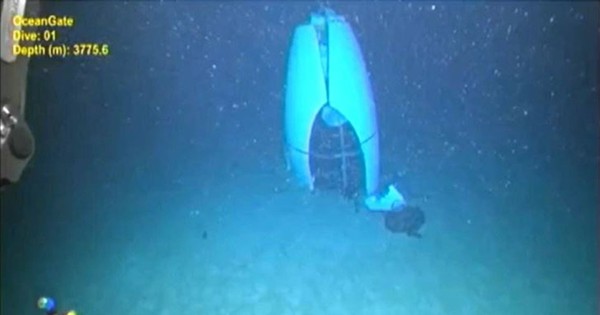

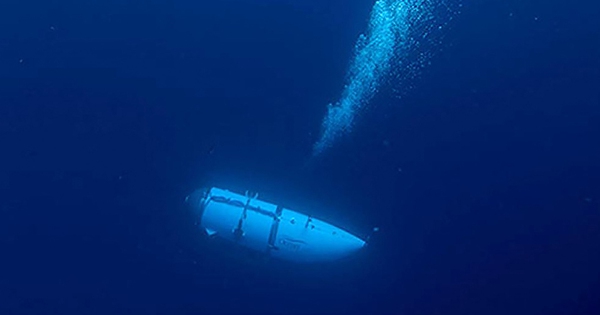


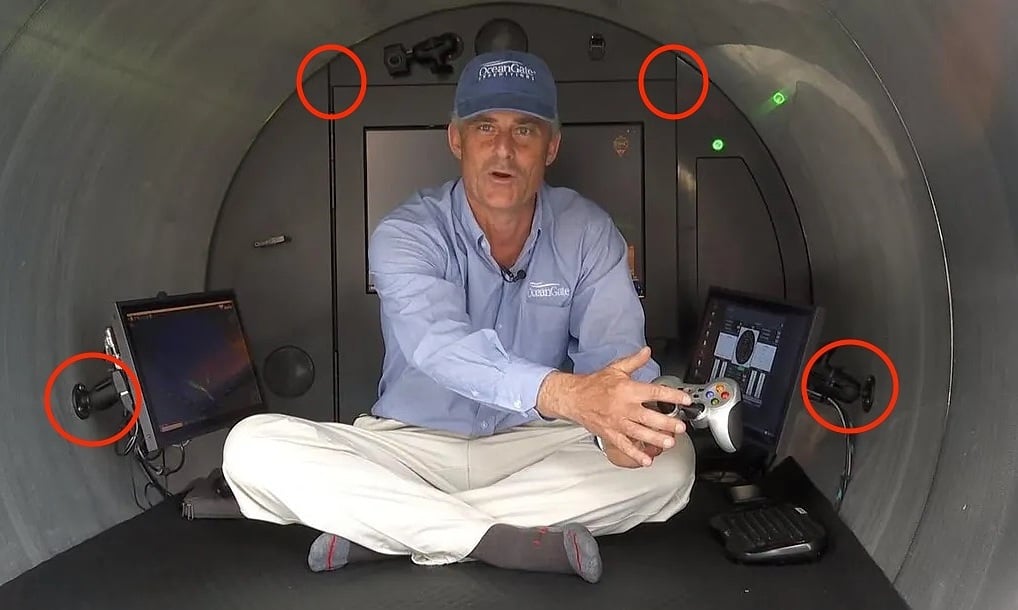

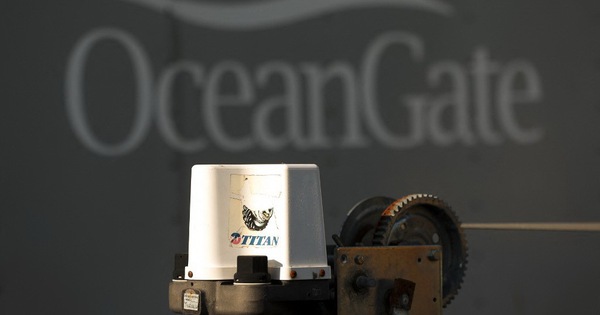
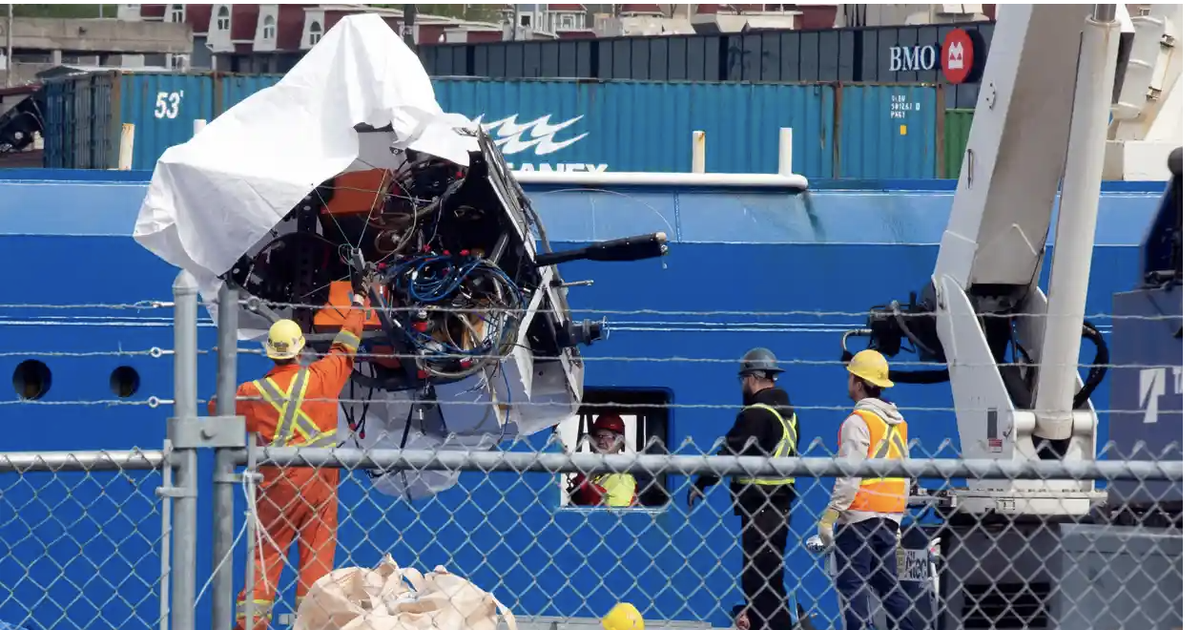












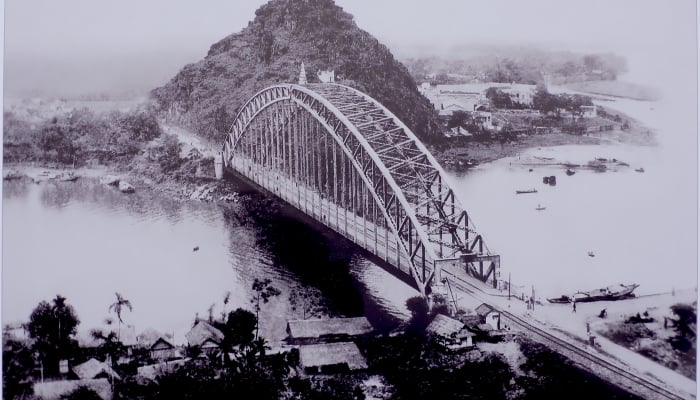

































































Comment (0)